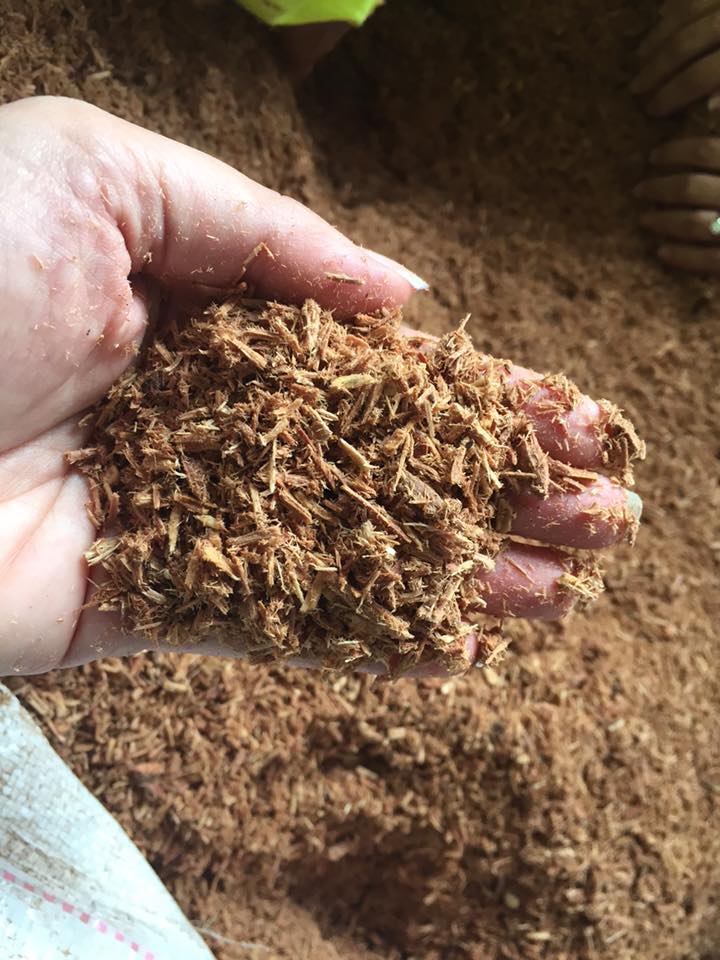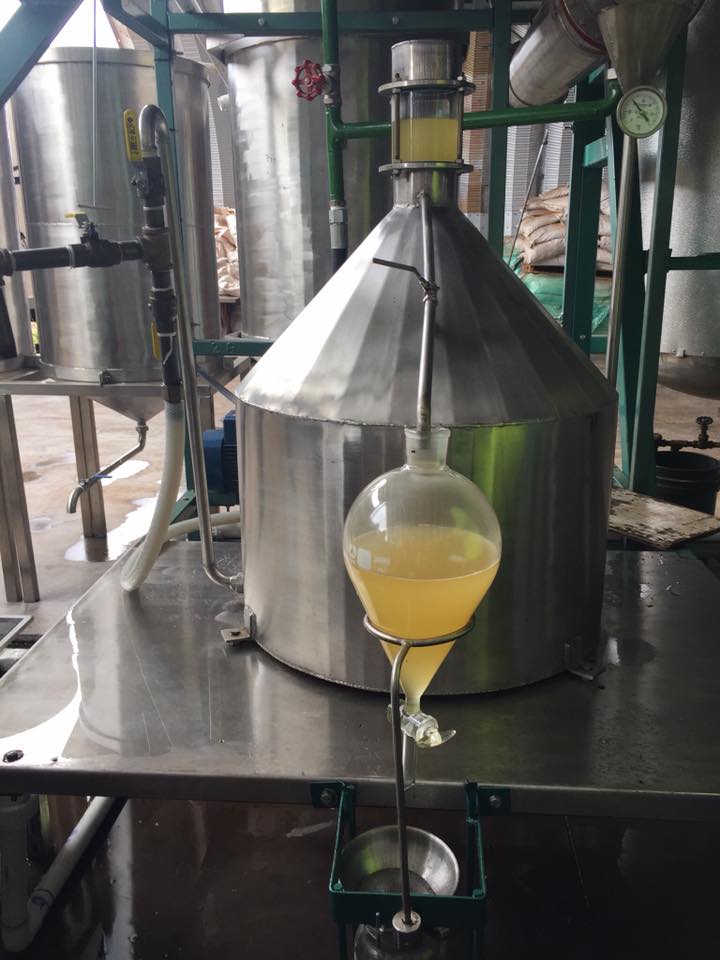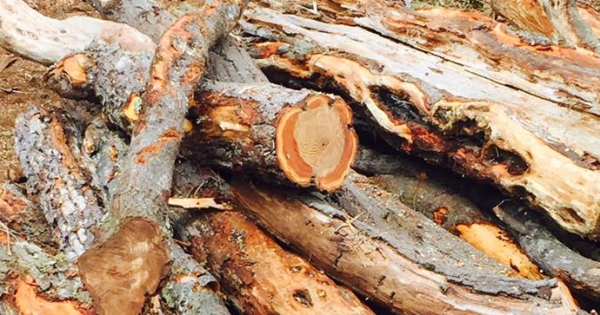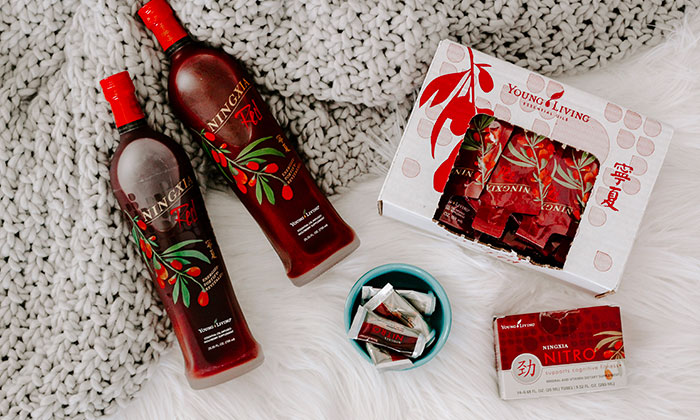Is Sandalwood Endangered?
The quest for truth in the Sandalwood debate.
One of the best things about Young Living is exposure to the farms! We recently went to one of our partners farms in Hawaii, Haloa Aina, a totally revolutionary farm on a mountain of the Big Island. Many local farms misunderstood Haloa Aina, believing they were destroying the Sandalwood. Now, however, these other farms model the strategic sustainability farming of the Haloa Aina (under contract with Young Living) farm with great result in preserving this historic beauty. Because of the high sustainability standards of Young Living and Haloa Aina Sandalwood in HI is now thriving again.

Because of the high sustainability standards of Young Living and Haloa Aina Sandalwood in HI is now thriving again.
So, is Sandalwood, in fact, endangered? There are many contributing factors to the depletion of Royal Hawaiian Sandalwood, including cows. The current, large, wild cow population in HI has depleted the number of wild Sandalwood trees drastically over the last few decades. Another factor is an understanding of the dire need of the balance in a symbiotic, botanical relationship. The Sandalwood tree kills surrounding plant life unless it’s “poison” is contained by a balancing botanical, namely, the Koa tree. Understanding this symbiotic relationship is vital.

In the state of HI it is illegal to cut a living Sandalwood tree, and it should be. Protecting this wonderful, exotic resource is at the forefront of the farming practices of Young Living and Haloa Aina. They only cut dead matter (10% green or less). This job is done by one guy, and one guy only, Paul. It takes a very trained eye to know if tree is in fact dead, especially as it illegal to cut a living tree. After the tree is cut they must also remove the root ball from the ground.

Distilling the Royal Hawaiian Sandalwood in an incredibly precise science. The different densities between the branches, truck top, truck bottom, and root ball creates a tricky situation when it comes to distillation. The bark must also be carefully removed before chipping. There are a few levels of chipping to bring the wood to a very fine state for the cooker. Rest assured, NO part of the tree is wasted. Even what we consider “sawdust” is saved and can be used in facial scrubs and masks and burned as incense. There is no waste. Is Sandalwood endangered? No, not with very conscientious farming practices!
The farm carefully babies each new sprout of a tree and the seeds thrown off by living trees. Making sure they are protected and then planted near a Koa for the tree’s ultimate survival and longevity. If you want to understand essential oils, understand the farms! Seed to Seal is not a slogan. It’s our calling!







